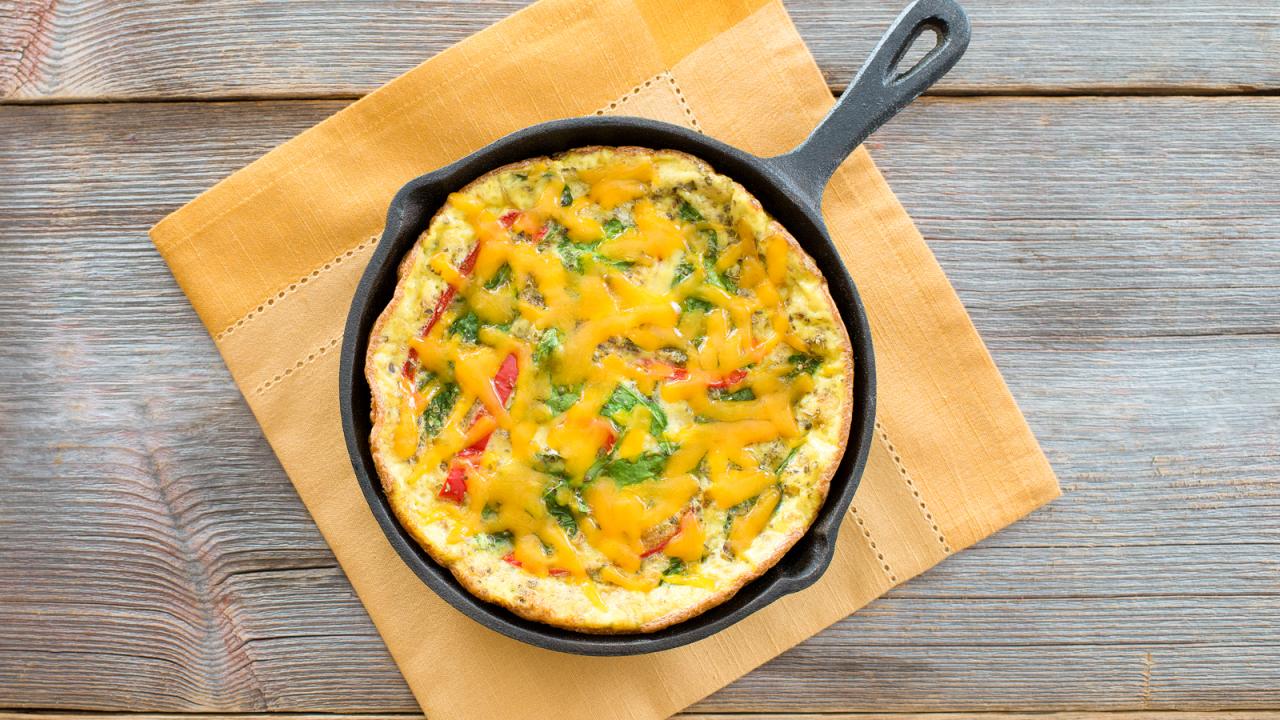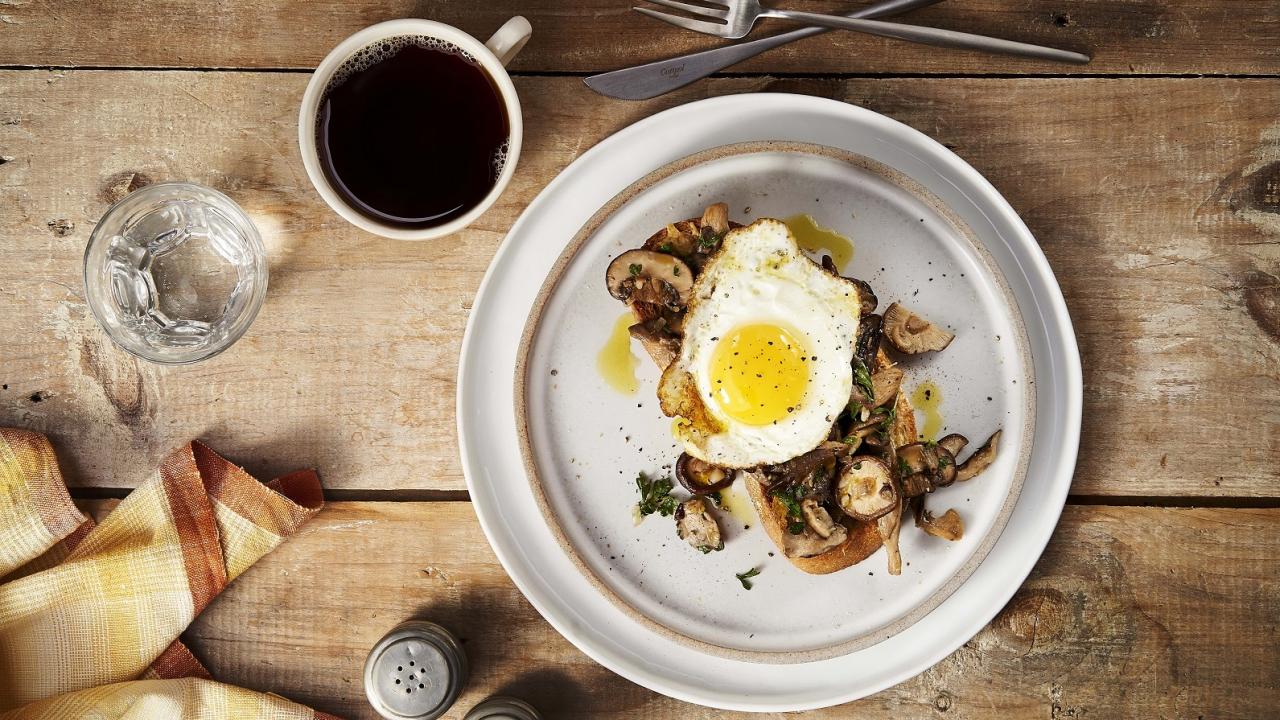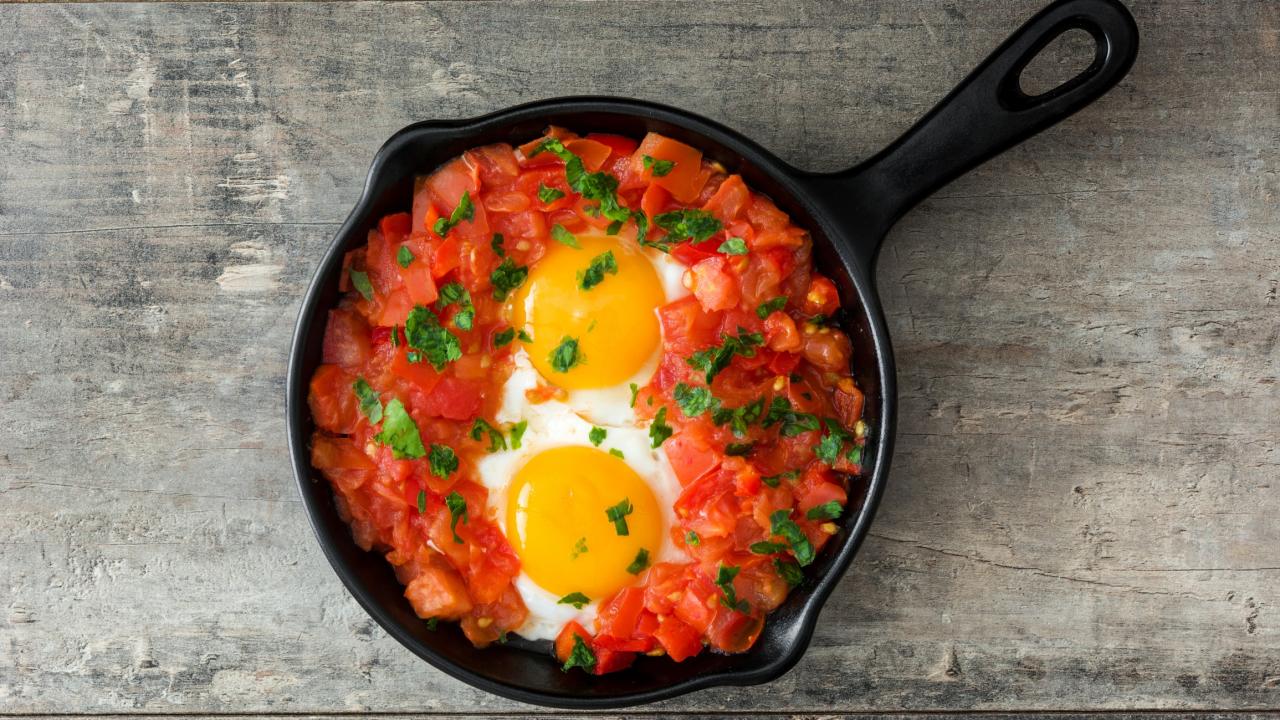Core Competency Self Assessment

My Riverside Rapid Digital Portfolio

A Frittata (Breakfast) A frittata is an egg-based Italian dish. You can add a variety of vegetables, meats and cheeses. https://www.food.com/recipe/baked-frittata-for-one-12660 
A Crustini (Lunch) is essentially a soft fried egg, garlicky mushrooms, and spinach on toast. Egg and Mushroom Cheese Crostini | Get Cracking (eggs.ca)

Shakshuka (Dinner) Shakshuka is a middle- eastern dish. It consists of soft poached eggs in a tomato-based sauce. Shakshuka For One | Get Cracking (eggs.ca)
Part 3:
(Pictures:)
When I think about the foods I eat and the packaging they have, I, along with other people tend to forget where it ends up going. I typically only eat food with packaging when I’m having a snack, lunch for school, or if I’m eating food from a restaurant. The foods I eat usually come in different types of materials, like plastic containers, glass containers, aluminium foils, cardboard boxes, and plastic wrappers. I think companies choose these materials because it is cheap and efficient to make. Packaging is positive for the customer because it is convenient and ensures the product is safe and clean. Packaging can be negative for a customer, because they typically throw it away, and don’t use it again.
Once we have eaten the food inside of the packaging, it usually gets thrown away. After one day the food packaging waste is usually in a garbage bin or sent to a landfill. From there, it goes to a transfer station, which is a temporary location for garbage trucks to drop off their waste. Once it is compacted and ready for transfer it is sent onto larger trucks. It is then sent to a material recovery facility. These are locations where debris is sorted to separate useful materials from the waste stream before it reaches the last destination. When the waste leaves the facility it is then sent to the final destination, which is the landfill. Here, the garbage decomposes, but it is a very slow process, due to the lack of oxygen. A year later, the waste is still at the landfill and left to decompose, but as I mentioned, this is a very slow, long process. Plastic can decompose in 100 years, but it usually takes 20-500 years.
When food waste ends up in landfills, it produces large amounts of methane- a greenhouse gas that is even more powerful than carbon dioxide. Greenhouse gases like methane, CO2, and chlorofluorocarbons absorb infrared radiation and heat the earth’s atmosphere, thus, causing global warming and climate change.
We can reduce waste in numerous ways:
In conclusion, there is a lot more we as humans need to do to reduce our waste, or there could be grave consequences, like an increase in pollution, overflow of landfills, and destruction of habitats. This is preventable, however, if we reuse products, buy local, compost food, and buy less.